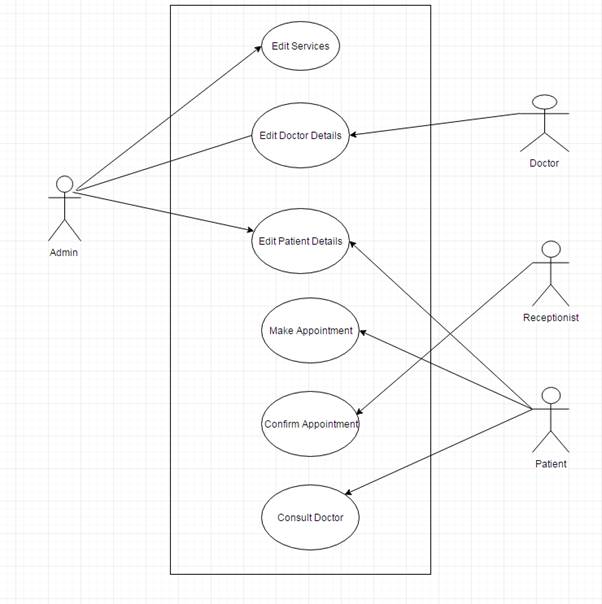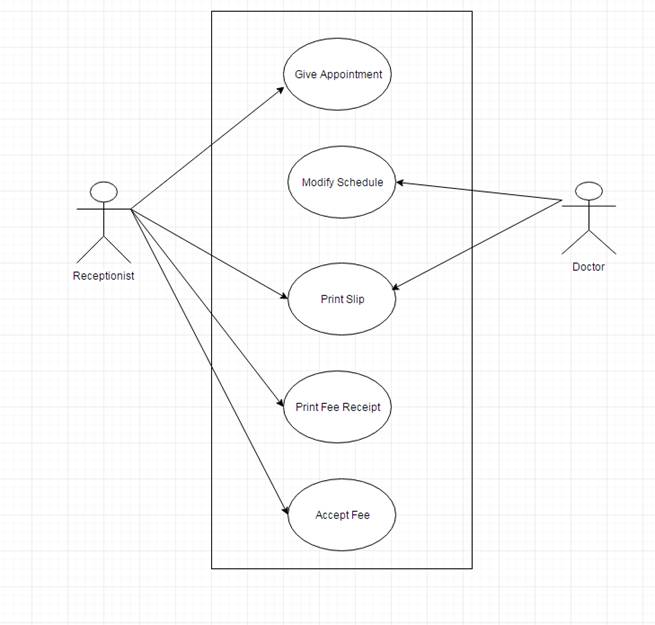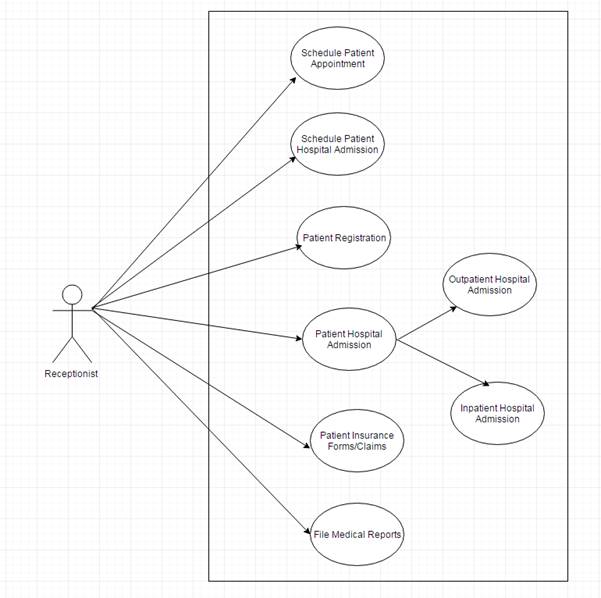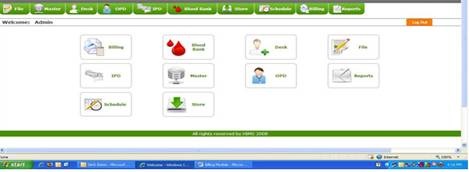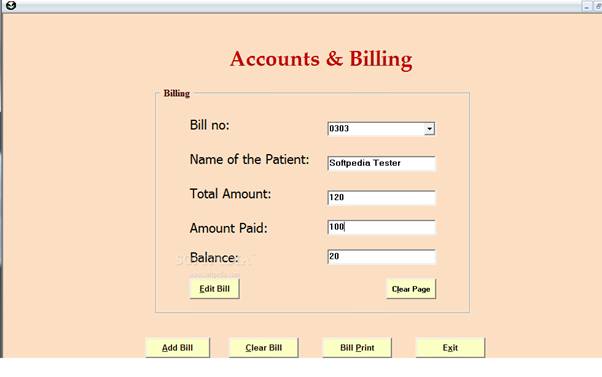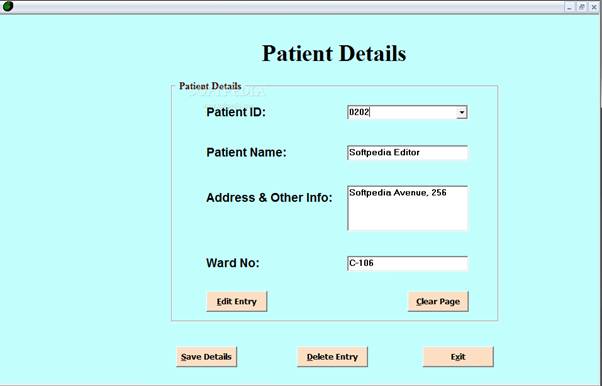The portfolio project for ISM 6026 is to develop a case study (similar to what we have been doing in class) and critique the case. The portfolio project will consist of two parts: part one is the case study narrative itself; part two is your analysis of the facts of the case.
Approximate length should be about 4000-5000 words (e.g., about 16-20 typed pages) for the case study narrative itself (e.g., Part I of your project). This length is exclusive of the title page, tables of contents, any reference pages, and transcripts of interviews. The case study must be a thorough and rigorous study of the use (or lack thereof) of information systems in an organization.
Your first step in developing the narrative description of your case project is to select your target organization and secure their cooperation. I suggest you offer to provide the organization a copy of your case study analysis and critique as an incentive to allowing you access to the organization: rather like getting a semester consultant for the price of their time. Your target organization should be of sufficient size (i.e., number of employees and dollar volume) that justifies a case study analysis of their information system/technology activities.
Hint: that means your cousin’s one person, home mailing operation is not a satisfactory target organization; nor should you personally be anything other than a passive participant in the case study activities. If you choose an organization with which you are, or were, affiliated, then you may not have been a participant in the decision processes involved in your case study. Further, you must provide sufficient data from your interviews and your references to justify the material in your case study. That means you cannot just make up the details of the case based solely, or even significantly, based on your own recollections.
Second, you must begin to reconstruct the scenario of the organization and its actions. This means searching for information on the organization and the competitive environment in which it operates. For example, if you are writing on the introduction of a new customer relationship management system for a brokerage firm, you would need background material on CRM, SEC constraints, customer demands, and desires, etc.
Third, you must conduct interviews with all the relevant personnel in the organization. I would expect that to include a minimum of three people. You want to make sure that your description of the organization and its environment, problems, opportunities, and actions is accurate and not just the biased impressions of one or two individuals.
An attachment to your case study write up should be the interviewquestions (structured or unstructured) you asked each person in the organization and a transcript of their responses. This transcript may be edited for brevity, but should include all relevant responses.
When you are finished with your fact finding, data digging, and interviewing, you should write a narrative description of the information you collected (e.g., Part I of your portfolio project). Remember, this is 16-20 pages in length, not including title page and table of contents. You might use the following as a very rough general guideline for some of the sections you could include in your case narrative. Pick the writing style manual with which you are most comfortable. Opening Paragraph: emphatically state the situation and any problems. Background/Context for the firm; the case participants; the industry Situational description.
portfolio project /issue narrative – this should be the majority (> 60%) of Part I Conclusion including any questions The narrative should succinctly but completely (avoid unnecessary detail) describe the organizational environment (e.g., the context), the personnel involved, the policies and procedures involved, and the actions performed (this assumes there is some question or controversy involved) and the reasoning for same. The case study narrative portion of your project should be similar in length, content, and detail to the case studies used in class.
For the second part (so indicated clearly and distinctly by headings and in your table of contents) of your portfolio project after you have completed your case study narrative, you should analyze and critique the situation and any decisions involved in the systems project described in part one of your project.
The length should be similar to the length of the other case analyses you have written for this course. Remember, this case study should show the knowledge you gained through this course and others you have taken, plus any relevant experiential knowledge. You should make sure to ground your analysis in the material from the course (e.g., the textbook, readings, lectures, etc.) This project is worth 40% of your grade in this course. Please put the effort into the case that is reflective of that fact and shows what you have learned.
Should it be necessary to return your portfolio project for corrections of any type, there will be a 15% reduction in your portfolio project grade. This applies for each time your project is returned. However, your grade will be recorded as an “I” until such time as you complete your portfolio project. The MBA program has a requirement that the minimum grade allowed for a portfolio project is a 70 for the student to graduate. See the ISM 6026 portfolio project grading rubric for more details as to the expected grading items.

